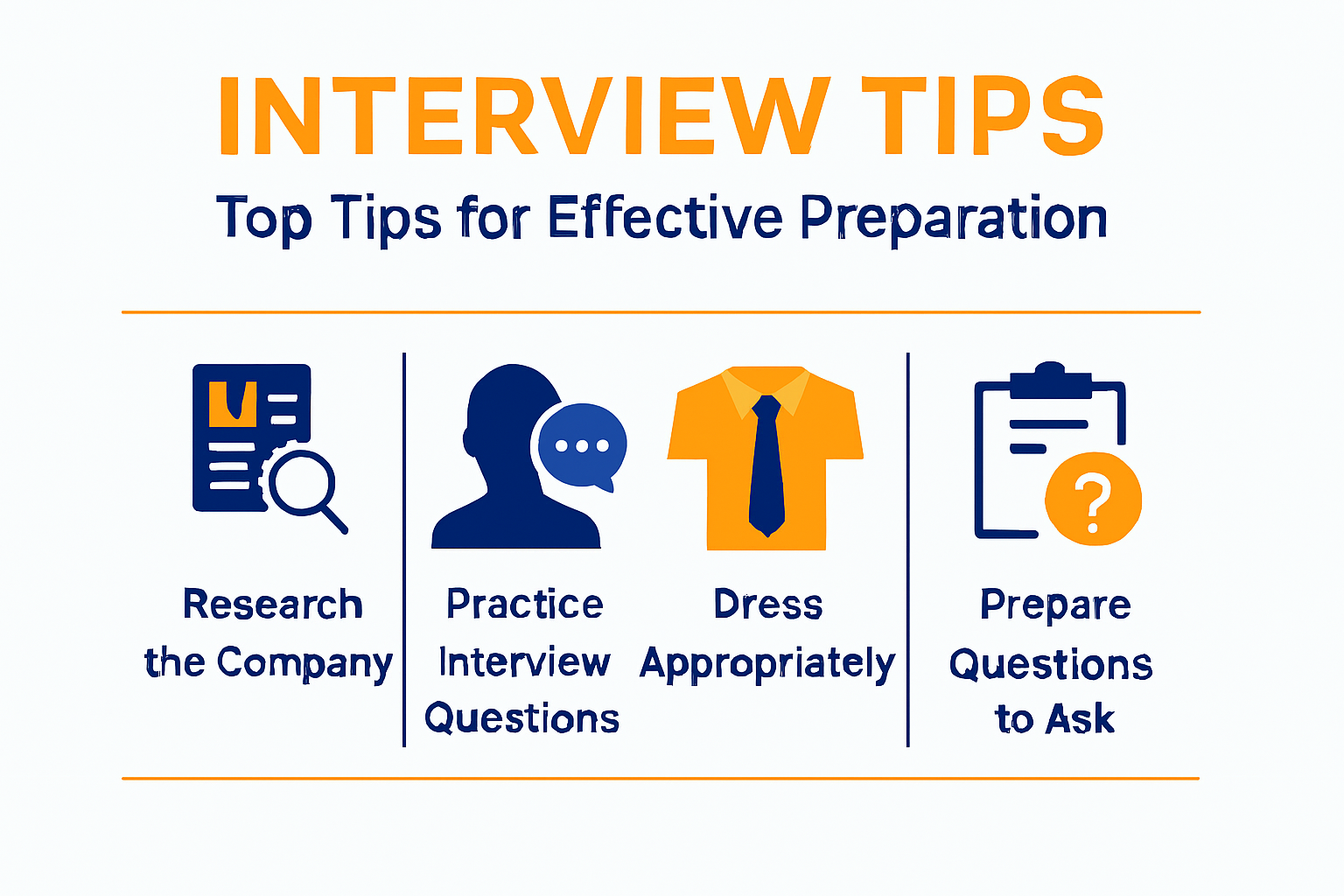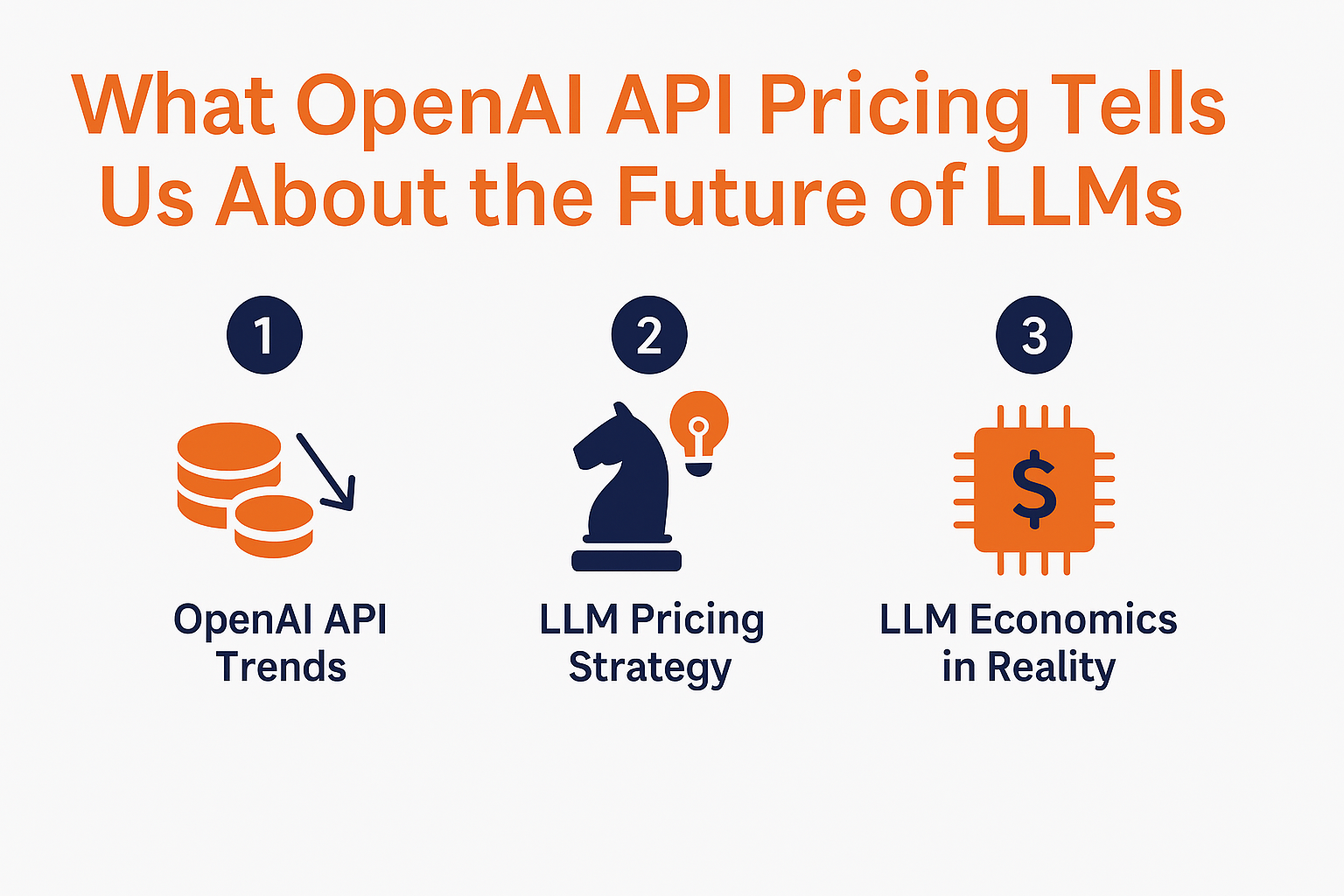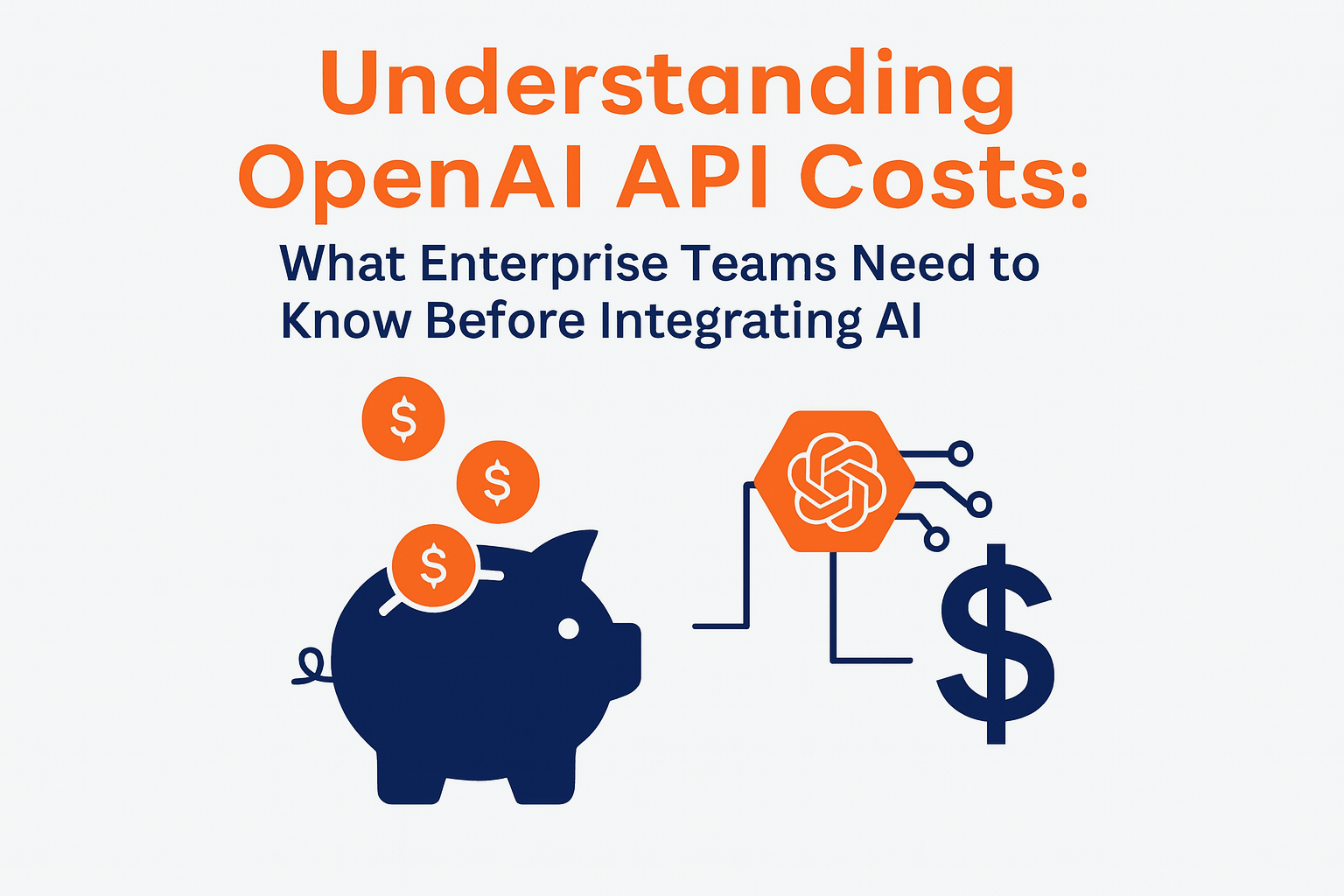February 5, 2025
AVM Interview Tips

Top Tips for Effective Preparation
Prepare to impress with our essential tips for interview success! In this article, we’ll guide you through the key steps to boost your confidence and make a lasting impression. From researching the company and practicing common interview questions to dressing appropriately and preparing thoughtful questions to ask, we cover everything you need to know to stand out. Whether you’re a recent graduate or a seasoned professional, these strategies will help you showcase your skills and personality effectively. Get ready to land that dream job!
Part 1: Defining Your Personal Professional Story
One of the most important things you can do to prepare for an interview is to define your professional story. In almost every interview there is an opportunity to talk about yourself, use this time to really drive home your experiences. This means crafting a narrative that highlights your strengths, experiences, and achievements. Your personal professional story should be concise, engaging, and relevant to the job you are applying for.
To define your personal professional story, start by identifying your core strengths and achievements. Think about what makes you unique and what sets you apart from other candidates. Then, craft a narrative that highlights these strengths and achievements in a way that is relevant to the job you are applying for.
Be sure to hit the major career and skill highlights and don’t forget to weave in aspects of your personal life and your passions, even outside of work. If you can tie your story to the role and why it is exciting to you, even better!
Remember to keep your personal story between 1-2 minutes in total.
Part 2: Developing Your Work Stories Using ‘STAR’
What is the STAR interview technique? STAR is the standard way to respond to behavioral-based (non-technical) questions in an interview and is widely used and expected in tech. The STAR structure is Situation, Task, Action, and Result. ‘Action’ should be the majority of the response.
One of the best ways to prepare for STAR interviews is to write your work stories down on a Google doc. Write down 6 or 7 stories, each one a half-page in length. This will help you to get your stories on paper so that you can begin to structure them in the STAR format.
Once you have your stories on paper, structure them using the STAR format: Situation, Task, Action, Result. This will help you to present your stories in a clear and concise way that highlights your skills and experiences. Good News, once this is done, you have it prepared for all future interview
Review your stories before each interview, and apply the one that best fits during the actual interview. Remember, your stories should be no more than 2 minutes long and should focus on major initiatives, accomplishments, and times when you overcame an obstacle.
By preparing your work stories in advance, you’ll be ready to showcase your skills and experiences during any interview.
Please see below this reference:
Situation: [Your Name]’s company wanted to do a project in [New Technology], but they only had experience with [Current Technology]. The company asked if they were willing to try it out.
Task: [Your Name] needed to quickly learn [New Technology] to take on the new project and demonstrate their ability to adapt to the new technology.
Action: [Your Name] decided to spend a weekend building a simple [Project Type] using [New Technology] to familiarize themselves with the technology. They discovered that many concepts in [New Technology] were similar to [Current Technology], which helped them adapt quickly. After completing the [Project Type], they presented their work to their boss and confidently took on the [New Technology] role for the new project.
Result: Despite facing challenges, especially with [specific challenge or issue], [Your Name] successfully helped launch the new [Product Type] in [New Technology] within [Timeframe]. Customers were very satisfied with the final product.
A few additional STAR resources:
- https://www.youtube.com/watch?v=dWK26jZgsM8
- https://www.aboutamazon.eu/news/working-at-amazon/our-recruiters-offer-their-best-tips-for-interviewing-at-amazon
Part 3: General Best Practices for Interviews
Don’t forget the basics! Smile, ask questions when given the opportunity, and bring energy to the conversation. Remember, people want passionate and energetic teammates.
Prepare 3-4 questions to ask the interviewer, such as:
What do you love about your role?
How would you describe the culture?
What is the biggest challenge the company faces over the next 12 months?
And there you have it, our tips for defining your personal professional story, developing your work stories, and general best practices for interviews. Remember, the key to a successful interview is preparation, so be sure to put in the time and effort to prepare yourself for your next interview. Good luck!
Part 4: Tip for Technical Interviews
- Understand the Job Description: Familiarize yourself with the skills and technologies mentioned in the job posting. This will help you focus on relevant areas.
- Review Technical Fundamentals(if applicable for your position): Brush up on core concepts related to the position, such as data structures, algorithms, databases, and system design.
- Practice Coding Problems (if applicable for your position): Utilize platforms like LeetCode, HackerRank, or CodeSignal to practice coding problems. Focus on common topics such as arrays, strings, trees, and graphs.
- Mock Interviews: Engage in mock interviews with friends or use platforms like Pramp or Interviewing.io to simulate real interview conditions.
- Study System Design(if applicable for your position): If applicable, review system design principles, including scalability, microservices, and architecture patterns. Practice designing systems on a whiteboard or virtual format.
- Review Past Projects: Be ready to discuss your previous work experiences and projects in detail, including challenges faced and technologies used.
- Prepare Questions: Have thoughtful questions ready to ask the interviewer about the team, company culture, or technologies used. This shows your interest and engagement.
- Get Comfortable with the Environment: If the interview is virtual, ensure you are comfortable with the tools and platforms you’ll be using (like Zoom, Google Meet, etc.).
- Stay Calm and Positive: Practice stress management techniques, learn to manage your time during the problem-solving process, and maintain a positive attitude throughout the interview:
- Deep Breathing Exercises: Utilize deep breathing techniques, such as inhaling for four counts, holding for four, and exhaling for four. This can help calm your nerves.
- Practice Stress Management Techniques: Before the interview, identify what works for you, whether it’s light exercise, listening to music, or spending time in nature to help alleviate stress.
- Time Management: Ensure you manage your time effectively during the interview by prioritizing questions and not rushing through difficult problems; it’s okay to take a moment to think.
- Focus on the Process, Not Just the Outcome: Concentrate on doing your best during the interview rather than fixating solely on the result. Embrace each question as an opportunity to showcase your skills.

More News







